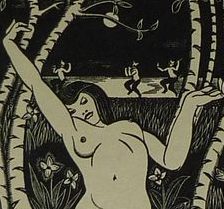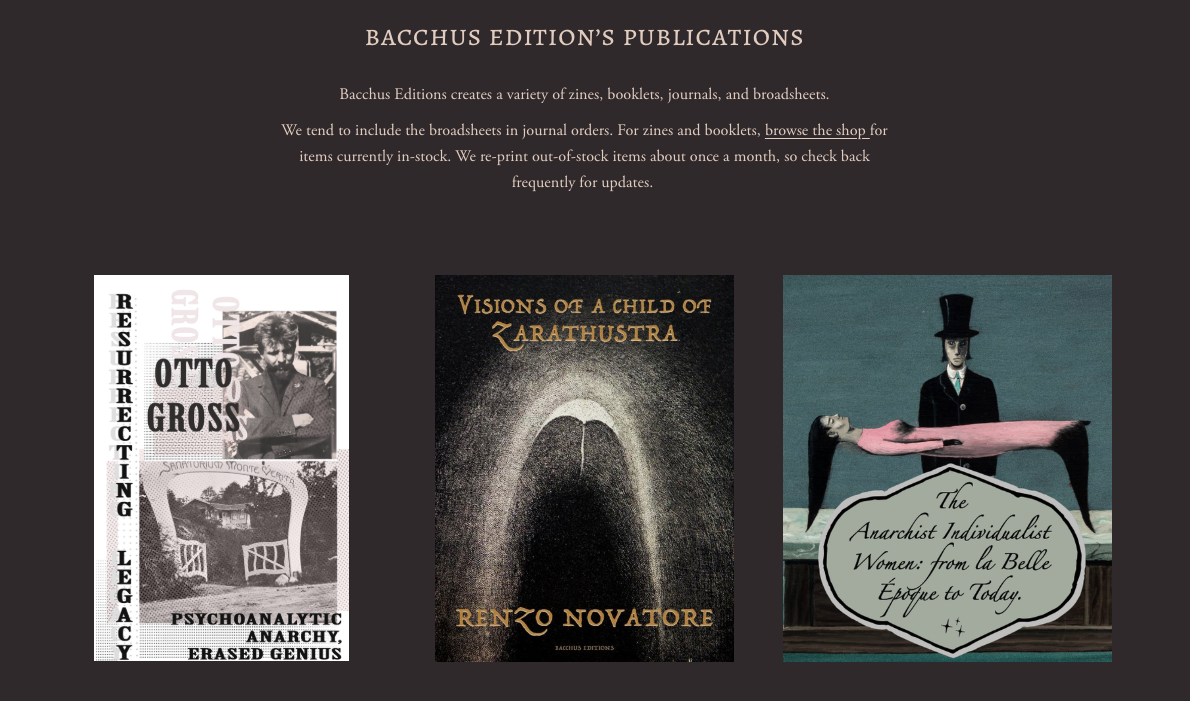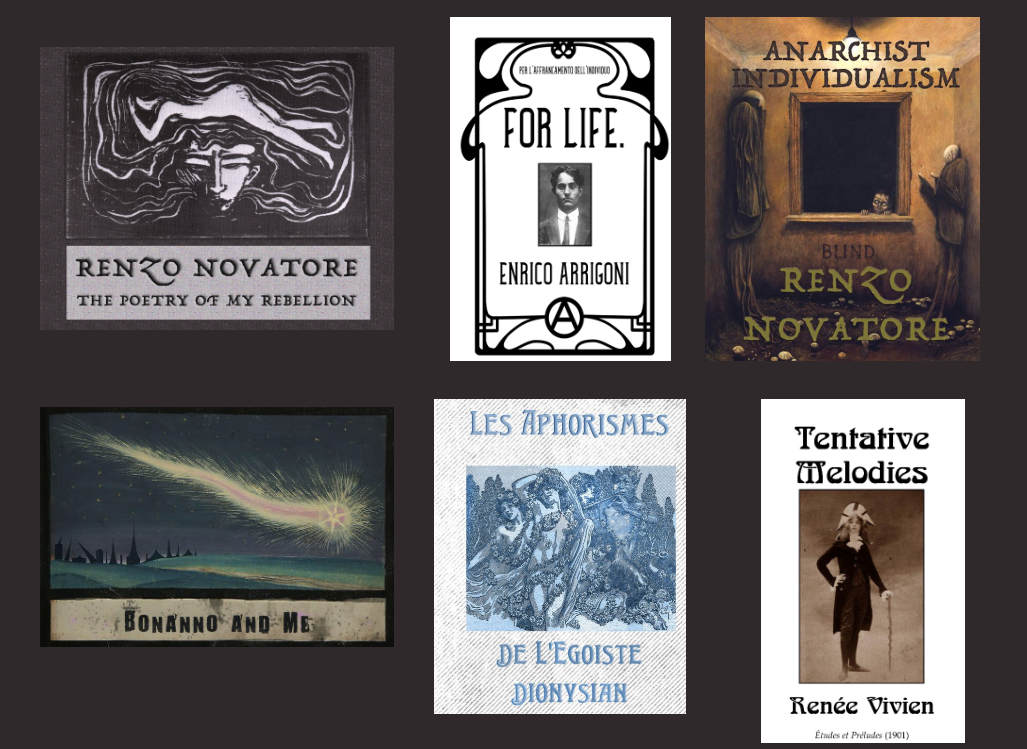New Issue of Distinctively Dionysian — The Hum
 Some frequencies never announce themselves, yet bend the air around everything they touch… currents without station, without signal, only a saturation of presence. The Hum, as it’s named in the new issue, is not metaphor, not mood, nor is it theory draped in allure. It is the low, persistent resonance that precedes language, slips beneath thought, et threads itself through lives that will not be explained.
Some frequencies never announce themselves, yet bend the air around everything they touch… currents without station, without signal, only a saturation of presence. The Hum, as it’s named in the new issue, is not metaphor, not mood, nor is it theory draped in allure. It is the low, persistent resonance that precedes language, slips beneath thought, et threads itself through lives that will not be explained.
This issue is an immersion in that frequency: subterranean, sensuous, souverain. It does not illustrate; it arrives as traces—traces of life inhabited rather than performed. It does not belong to discourse but to résonance. The atmosphere here is not argued; it is lived… comme un parfum que l’on ne peut pas nommer.
This last issue of summer moves through Clarice Lispector et Rimbaud, drifts into Agamben and Blanchot, brushes against Marguerite Duras, Han Shan, and Diogenes, lingers with Michel Serres et Salomo Friedlaender, and slips at last through Genet et Sarrazin… into Taoist fragments, fugitive gestes, refusals, et le murmure souverain beneath any articulation. These are not portraits but passages. Not homage, but movement — composed from within the hum itself, always returning to my dérive.
The Hum is available now. The first issue of Fall ’25, the upcoming Lore et Disorder begins mailing Oct.1
· · ────── ꒰ঌ·✦·໒꒱ ────── · ·
Alongside The Hum runs another thread: Dancing in the Backwoods, a five-book constellation.
A series, yes, but more a movement, just beyond the visible edges of Backwoods Journal, orbiting the same starless terrain. I had not picked up Backwoods, Zerzan’s Against Civilization, various writings of cher Bellamy, nor Michel Serres in some time. With all the love et thanks to cher Vincent, Seymour — merci! — mon doux Jae, et le brillant et tant manqué Bellamy, I skipped down that windy road once again. Returning to those reads reminded me of what had always struck me so clearly: that my perspective breathes in such a different atmosphere altogether… one that was worth writing down. It is a divergence long-formed, yet one that engages aspects of anti-civ, ‘green anarchisme’, and related terrains from an angle I have never encountered elsewhere (though always wished to).
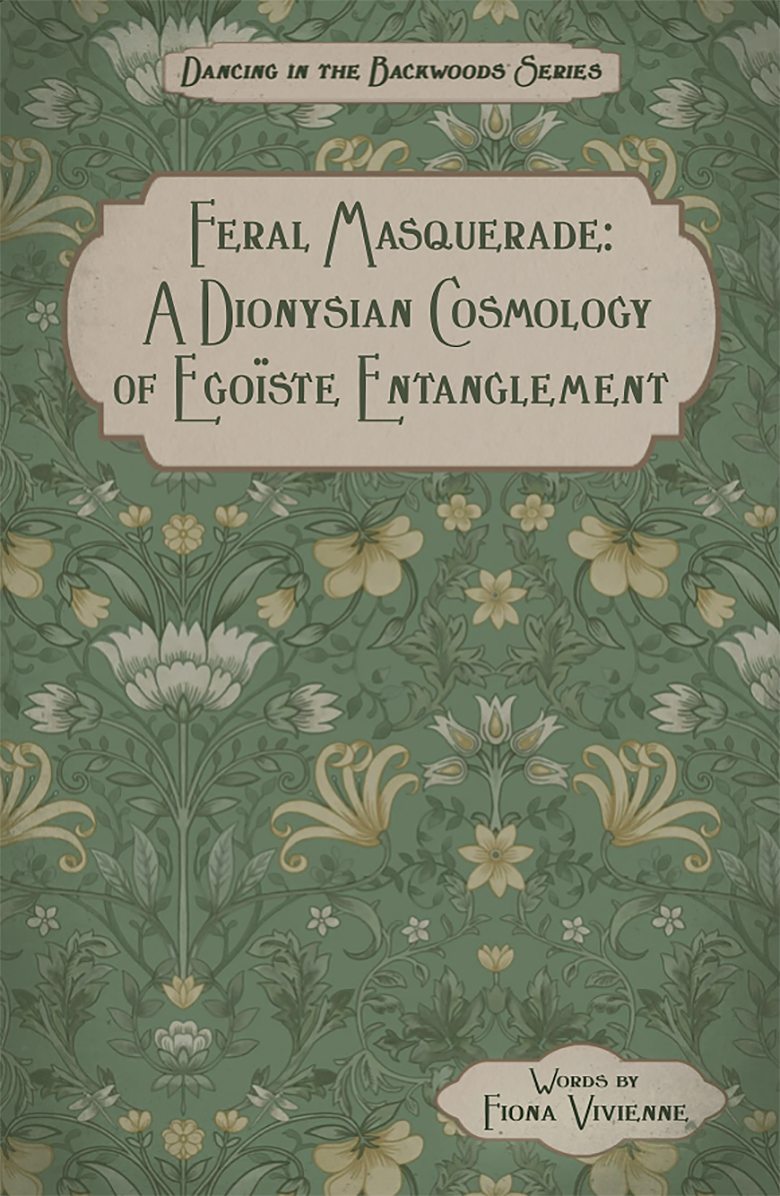



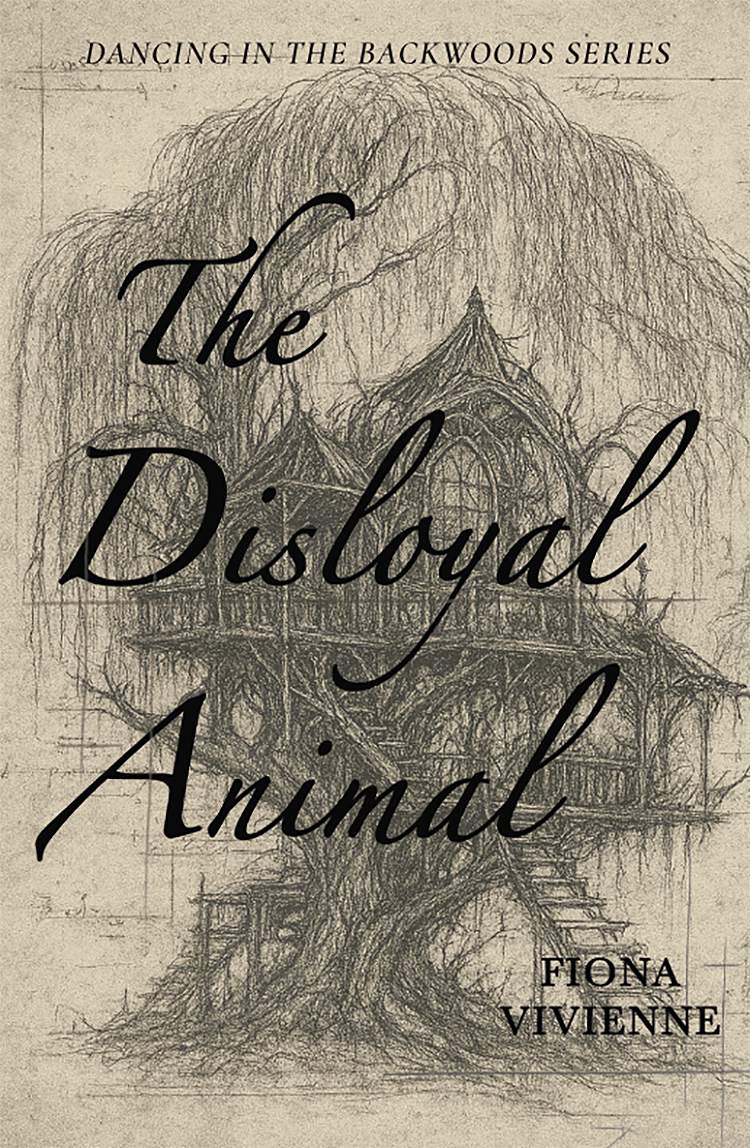
So I wrote my cosmology down.
Dancing in the Backwoods is neither critique nor variation, but breathing where thought has thinned the air. Without mythic innocence, nostalgia, or allegiance, it stands in full flourish at the margins of my favorites. These books are reverberations, not arguments; gestes, not manifestos. A way of living long inhabited, written in my own weather… tout parfum et rupture. To set it down, at long last, is a pleasure. I believe the Dionysian and Madame Simone readers will savor it.
A separate update will follow with more on the series Dancing in the Backwoods, including ordering links and the new website.
· · ────── ꒰ঌ·✦·໒꒱ ────── · ·
For this moment, The Hum, dernier souffle of summer, begins mailing today. Copies are ready to find their way. I was hoping to link you to the new Bacchus site, but it is not uetbready. For now, do as you do, et send for Dionyisan here.
Dancing in the Backwoods’ Books I–III (The Feral Masquerade, The Soil Remains Intoxicated, et Nothing Is Innocent) are available for pre-order, shipping begins September 1. Books IV–V (Wild Ethics of Maternal Presence et The Disloyal Animal) — also available for pre-order with shipping beginning Sept.15th
The Next issue of Distinctively Dionysian, Lore & Disorder, begins mailing October 1.
Merci pour votre patience, mes chéris. I hope you are all well.
—XO
·✦· Fíona
This was written by
Fíona. Posted on
Friday, August 22, 2025, at 3:16 AM. Filed under
Bacchus Editions,
Distinctively Dionysian Journal. Tagged
anti-civ,
Bacchus Editions,
backwoods journal,
Bataille,
Bellamy Fitzpatrick,
Blanchot,
dancing in the backwoods,
distinctively dionysian journal,
individualist,
Jean-Luc Nancy,
Lispector,
Serres. Bookmark the
permalink. Follow comments here with the
RSS feed. Both comments and trackbacks are currently closed.
 Some frequencies never announce themselves, yet bend the air around everything they touch… currents without station, without signal, only a saturation of presence. The Hum, as it’s named in the new issue, is not metaphor, not mood, nor is it theory draped in allure. It is the low, persistent resonance that precedes language, slips beneath thought, et threads itself through lives that will not be explained.
Some frequencies never announce themselves, yet bend the air around everything they touch… currents without station, without signal, only a saturation of presence. The Hum, as it’s named in the new issue, is not metaphor, not mood, nor is it theory draped in allure. It is the low, persistent resonance that precedes language, slips beneath thought, et threads itself through lives that will not be explained.







